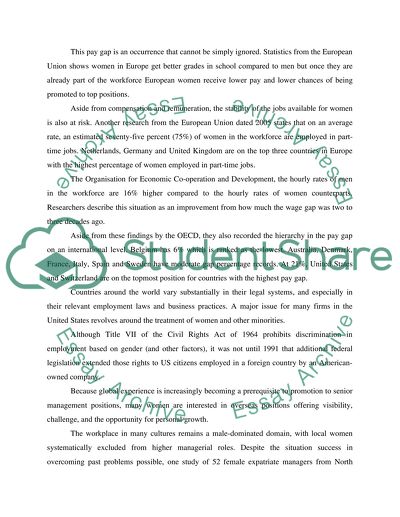Cite this document
(The Pay Gap Between Men and Women Case Study Example | Topics and Well Written Essays - 1500 words, n.d.)
The Pay Gap Between Men and Women Case Study Example | Topics and Well Written Essays - 1500 words. https://studentshare.org/human-resources/1543928-critical-thinking
The Pay Gap Between Men and Women Case Study Example | Topics and Well Written Essays - 1500 words. https://studentshare.org/human-resources/1543928-critical-thinking
(The Pay Gap Between Men and Women Case Study Example | Topics and Well Written Essays - 1500 Words)
The Pay Gap Between Men and Women Case Study Example | Topics and Well Written Essays - 1500 Words. https://studentshare.org/human-resources/1543928-critical-thinking.
The Pay Gap Between Men and Women Case Study Example | Topics and Well Written Essays - 1500 Words. https://studentshare.org/human-resources/1543928-critical-thinking.
“The Pay Gap Between Men and Women Case Study Example | Topics and Well Written Essays - 1500 Words”. https://studentshare.org/human-resources/1543928-critical-thinking.


